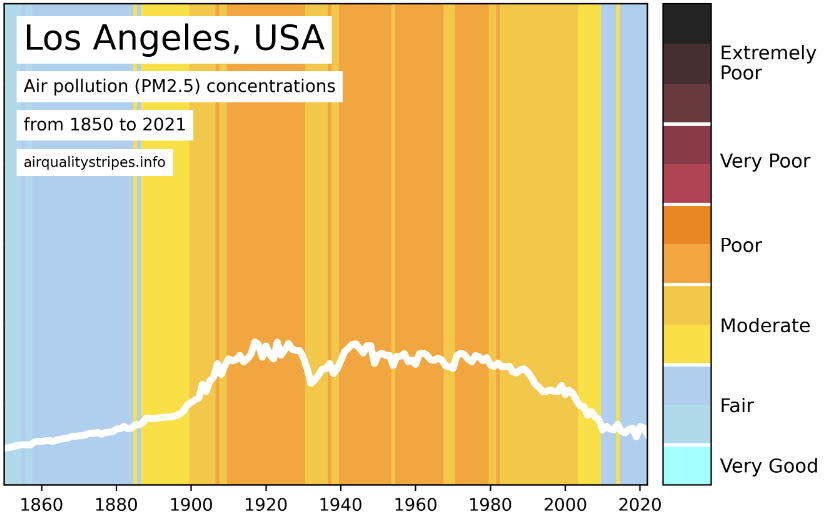From Vox
Summary
- The Gulf of Mexico is currently the hottest it has been in the modern record, with surface temperatures close to 90 degrees.
- The warming in the Gulf and the North Atlantic ocean can lead to stronger and rapidly intensifying hurricanes, threatening coastal communities.
- Hot water also kills corals, which are natural defenses against hurricanes, further increasing the risk to coastal areas.
The warm waters along the Gulf Coast are part of what draws people to the region and its many beaches. But there is such a thing as too warm — and the Gulf of Mexico has reached that point.
Take a look at the chart below. It shows how much heat there is in the ocean over time for the Gulf. The red line is 2024 and the blue line is the average over the last decade.

The Gulf is now the hottest it’s been in the modern record, according to Brian McNoldy, a climatologist at the University of Miami, who produced the chart. Taking a dip would feel like a bath: The average temperature of the surface is close to 90 degrees, according to recent measures of sea surface temperature.
“This is out of bounds from the kinds of variability that we’ve seen in [at least] the last 75 years or so,” Ben Kirtman, director of the Cooperative Institute for Marine and Atmospheric Studies, a joint initiative of the University of Miami and the National Oceanic and Atmospheric Administration (NOAA), told Vox. “That can be scary stuff.”
[...]





